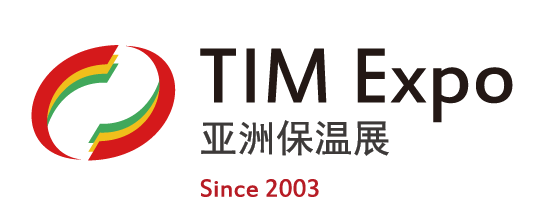IIT Bombay’s new thermally insulating coating material shows record heat shielding

2023 was the second hottest year on record in India since 1901, reported the India Meteorological Department (IMD). Globally, owing to climate change, temperature rise has been consistent with each passing year. This rapidly rising temperature has driven the need for innovative and affordable solutions for thermal insulation and space cooling, that is cooling the insides of our homes and offices.
Cooling a room can be achieved in two ways: active and passive cooling. Active cooling involves the use of devices, like air conditioners and coolers, to actively remove heat from a room, thus reducing the temperature. This method inevitably relies heavily on energy, increasing global energy consumption, while also contributing to increased CO2 emissions. Passive cooling on the other hand relies on innovative design and materials that limit the heat of the sun from entering a space, thus avoiding or reducing the need for active cooling. Passive cooling relies on insulating materials like fibreglass or polystyrene or innovative architecture that increase air flow, to keep the heat out, but can often involve regular maintenance and upkeep costs.
Now, in a breakthrough in passive cooling, a team of engineers from the Indian Institute of Technology, Bombay (IIT Bombay) led by Prof. Smrutiranjan Parida from the Metallurgical Engineering and Material Science Department, has developed a new type of coating material that can effectively reflect the sun’s heat and reduce the amount of heat absorbed by the material, thus providing thermal insulation. The material is a hydrophobic (water-repelling) epoxy composite coating with fillers, which reduces heat conduction and imparts high infrared reflectance in a thin coating of just about 65 micrometres.
“Our work mainly prepared ‘active additives’ (called fillers), which can be added to a suitable resin to make a temperature shielding coating,” says Prof. Parida.
The innovative coating also protects against corrosion, making it an ideal solution for cooling our living spaces.

Central to the success of the coating is the addition of two types of fillers. The first filler is made up of micron-sized silica-modified hollow microspheres (sHMS). The second filler, comprising surface-modified TiO2 nanoparticles, plays a pivotal role due to its high solar reflectance, meaning it can bounce back a significant amount of the sun's heat.
“The hollow microspheres have a very low thermal conductivity due to their hollow air-filled structure. The presence of this component in the coating prevents the transfer of heat through the coatings and the TiO2 component is well-known for its higher solar reflectance (>85%),” explains Prof. Parida.
The surface modification made to the hollow microspheres and the TiO2 increases the ability of the two components to reduce thermal conduction and reflect sunlight. Both the fillers are added to a resin (a viscous liquid substance), such as epoxy, which can then be coated onto the surface of a material like concrete or metals, much like a layer of paint.
“For coating of metals, resins like acrylics or polyurethane can be used instead of epoxy resins,” remarks Prof. Parida about the different base resins that can be infused with these fillers.
The researchers conducted tests where a coated surface was irradiated using an infrared (IR) lamp, placed at a location giving 60 °C on the surface of the coated metal panel. The novel composite coating on the surface decreased the temperature under the coated panel by 15 to 21 °C. This performance is better than any previously reported coatings. The composite coating also boasted a high solar reflectance of sunlight in the near-infrared (NIR) region of the spectrum, exceeding 72%. At a thickness of just 0.065 to 0.1 millimetre when coated onto a surface, the new material can outperform other coatings that are usually three to twenty times thicker, making the new coating not just more efficient but also cost-effective.
Interestingly, owing to the surface modifications of its materials, the composite coating also proved extremely resistant to corrosion. In tests involving exposure to Sodium Chloride (NaCl) solution, a kind of salt-water test, the coating revealed an incredible 99% corrosion protection efficiency. This demonstrates that the coating can protect metal surfaces from the deteriorating effects of their environment, increasing longevity and decreasing maintenance costs.
The use of low-cost materials such as hollow microspheres, and a simple manufacturing process also ensures an economically viable product in the market.
“The coating development procedures, including the surface modifications of the fillers, are easy to adopt, single-step, and do not require complex instrumentation. The hollow microspheres used are inexpensive and can be obtained from the industrial waste of coal plants, providing an effective waste management solution for coal plants,” remarks Prof. Parida about the additional advantages of the coating.
Prof. Parida and his team are now looking to add new features to their coating material, such as adding fire-retardant properties. They are also investigating the production of a VOC (volatile organic compounds)-free waterborne coating system to make it more environmentally friendly.
As we adapt to our changing environment and energy demands, innovative solutions like these are the need of the hour for the preservation and conservation of our natural resources, along with the reduction of harmful emissions and waste.
via https://researchmatters.in/news/iit-bombays-new-thermally-insulating-coating-material-shows-record-heat-shielding







